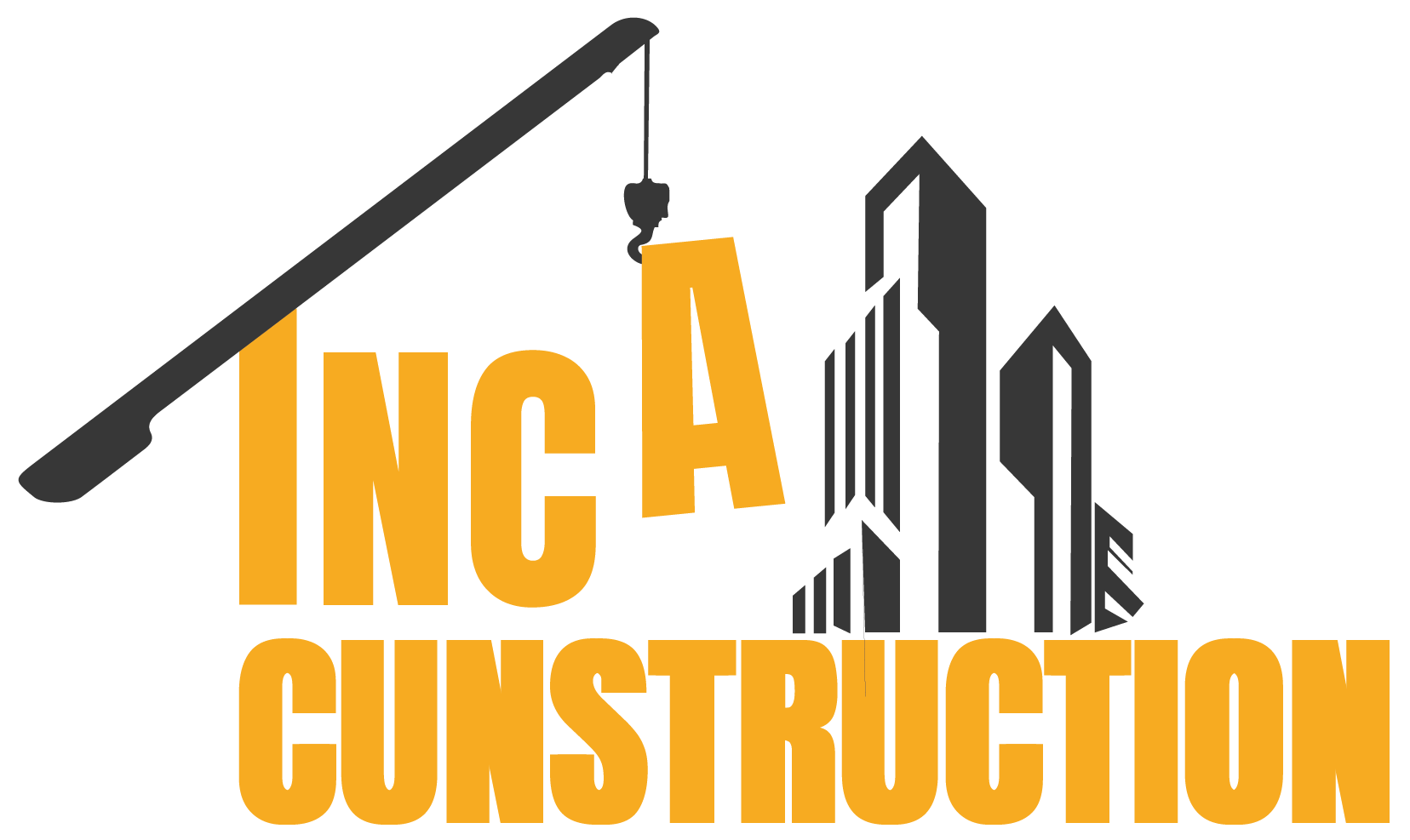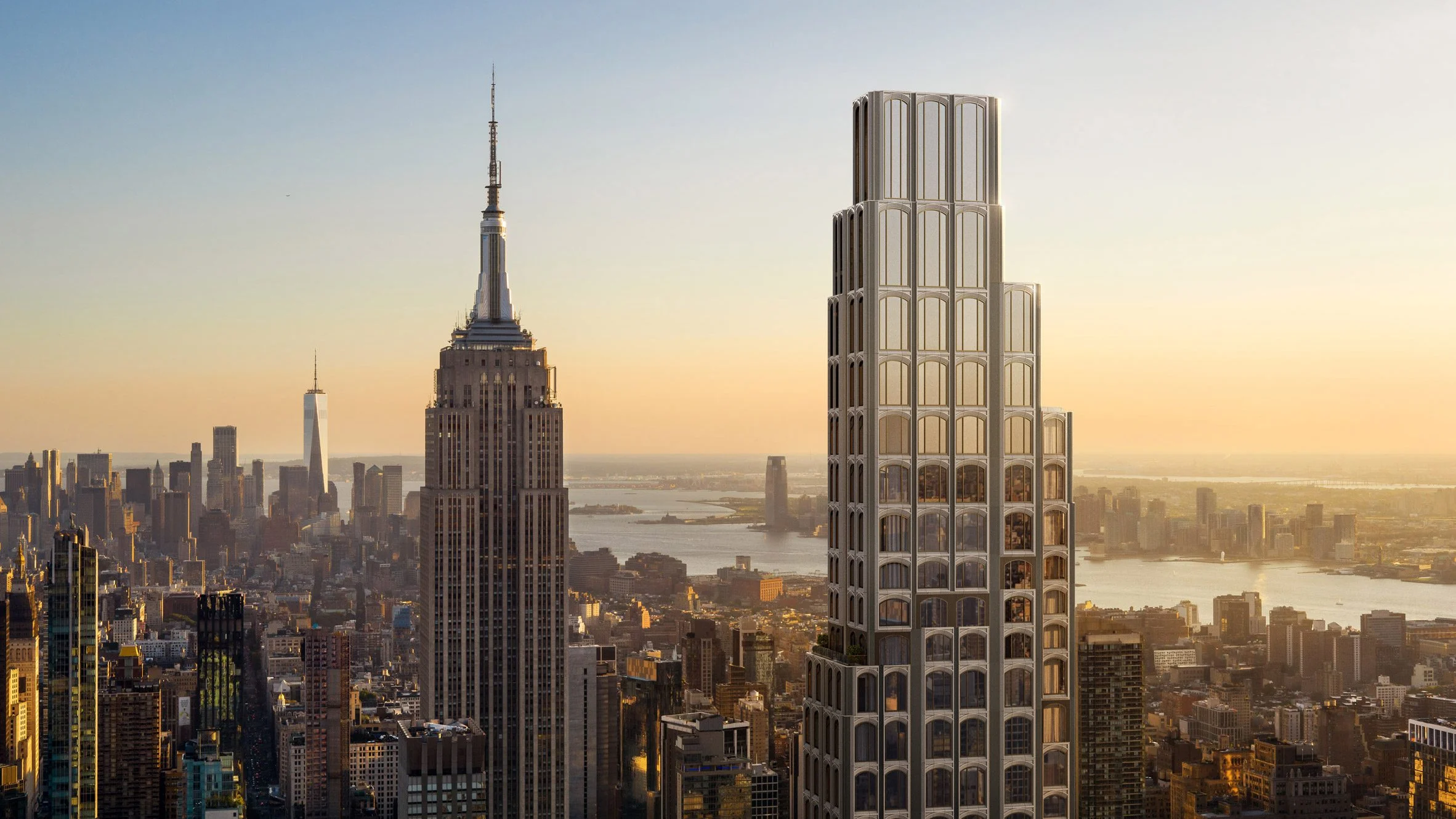Skyscrapers stand as towering symbols of human ambition, technological progress, and architectural innovation. These soaring structures define modern skylines, representing not only economic power and urban growth but also incredible feats of engineering. As cities grow upward instead of outward, skyscrapers continue to push the boundaries of height, design, and structural capability. In this article, we explore the evolution of skyscrapers, the engineering marvels behind them, and the cultural and environmental significance of these vertical giants.
What Is a Skyscraper?
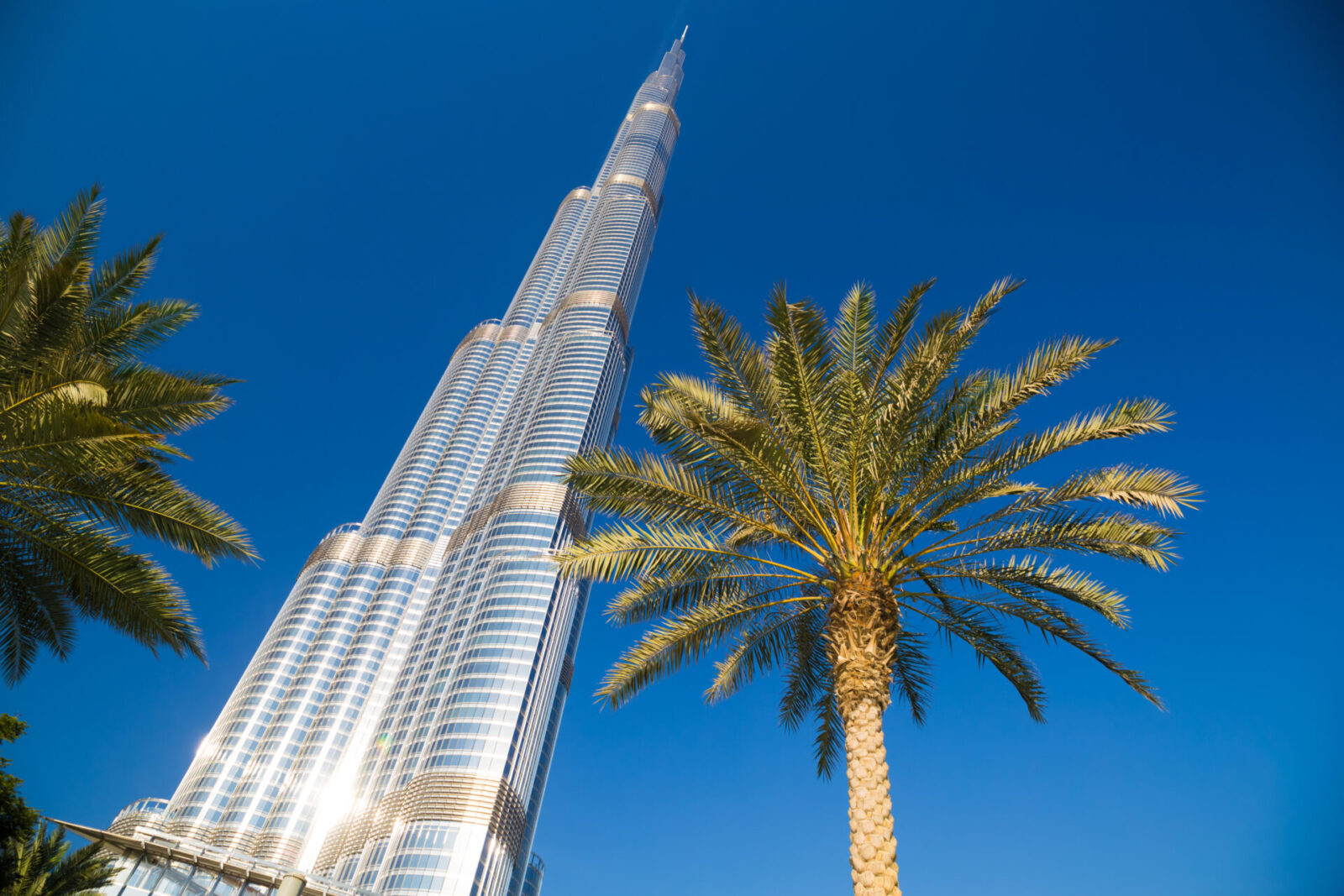
A skyscraper is a tall, continuously habitable building that typically exceeds 100 meters (328 feet) in height. Skyscrapers are characterized by their vertical orientation, steel or reinforced concrete frames, and multi-use designs. They house offices, residences, hotels, retail spaces, and more—consolidating functionality within limited urban land areas.
A Brief History of Skyscrapers
1. The Birth of the Skyscraper
The first modern skyscraper, the Home Insurance Building in Chicago (1885), stood at just 10 stories tall but was revolutionary for its steel frame structure, which replaced traditional load-bearing masonry walls. This innovation marked the beginning of vertical architecture.
2. New York’s Rise
In the early 20th century, New York City led the race for the tallest buildings. Landmarks like the Chrysler Building (1930) and the Empire State Building (1931) pushed skyscraper heights to new records and became global icons.
3. The Global Boom
By the 21st century, skyscraper construction expanded globally. Cities in Asia and the Middle East, such as Dubai, Shanghai, and Shenzhen, began dominating the supertall and megatall building landscape, with Burj Khalifa in Dubai currently holding the title as the world’s tallest building at 828 meters (2,717 feet).
Engineering Innovations Behind Skyscrapers
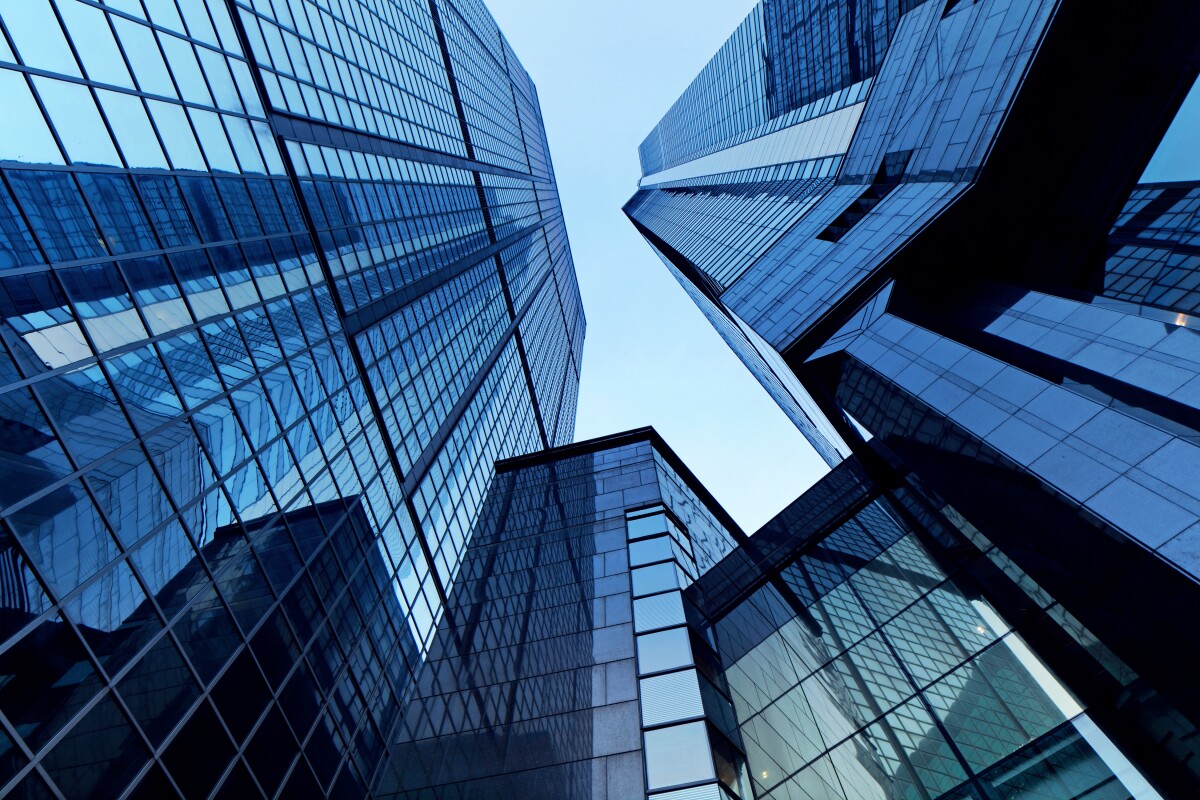
Building structures hundreds of meters tall requires extraordinary engineering solutions:
1. Steel and Reinforced Concrete Frames
These allow for taller, stronger, and lighter buildings compared to traditional masonry. The framework supports vertical and lateral loads, including wind and seismic forces.
2. Advanced Foundation Systems
Skyscrapers require deep foundations, such as piles or caissons, drilled into bedrock to anchor the building securely. In areas with soft soil, floating foundations and other innovations are used to ensure stability.
3. Wind Engineering
At extreme heights, wind pressure becomes a major structural concern. Engineers use aerodynamic modeling, tuned mass dampers (large counterweights), and tapered or twisted designs to reduce swaying and improve comfort.
4. Elevator Systems
High-speed and double-decker elevators, along with sky lobbies, enable efficient vertical transport. Innovations like magnetic levitation elevators (e.g., MULTI by Thyssenkrupp) are redefining how people move in tall buildings.
5. Energy Efficiency and Smart Technologies
Modern skyscrapers integrate green technologies—such as solar panels, water recycling, and intelligent building systems—to enhance energy efficiency and sustainability.
Architectural Design and Aesthetics
Skyscrapers are more than engineering achievements—they’re works of art:
-
Modernist designs, as seen in the sleek glass towers of New York and Chicago, emphasize form and function.
-
Postmodern and Neo-futuristic styles, like those in Dubai and Asia, incorporate curves, symbolism, and cultural motifs.
-
Architects aim to blend aesthetics, performance, and environmental responsibility, creating iconic structures that inspire awe.
The Cultural and Economic Impact of Skyscrapers
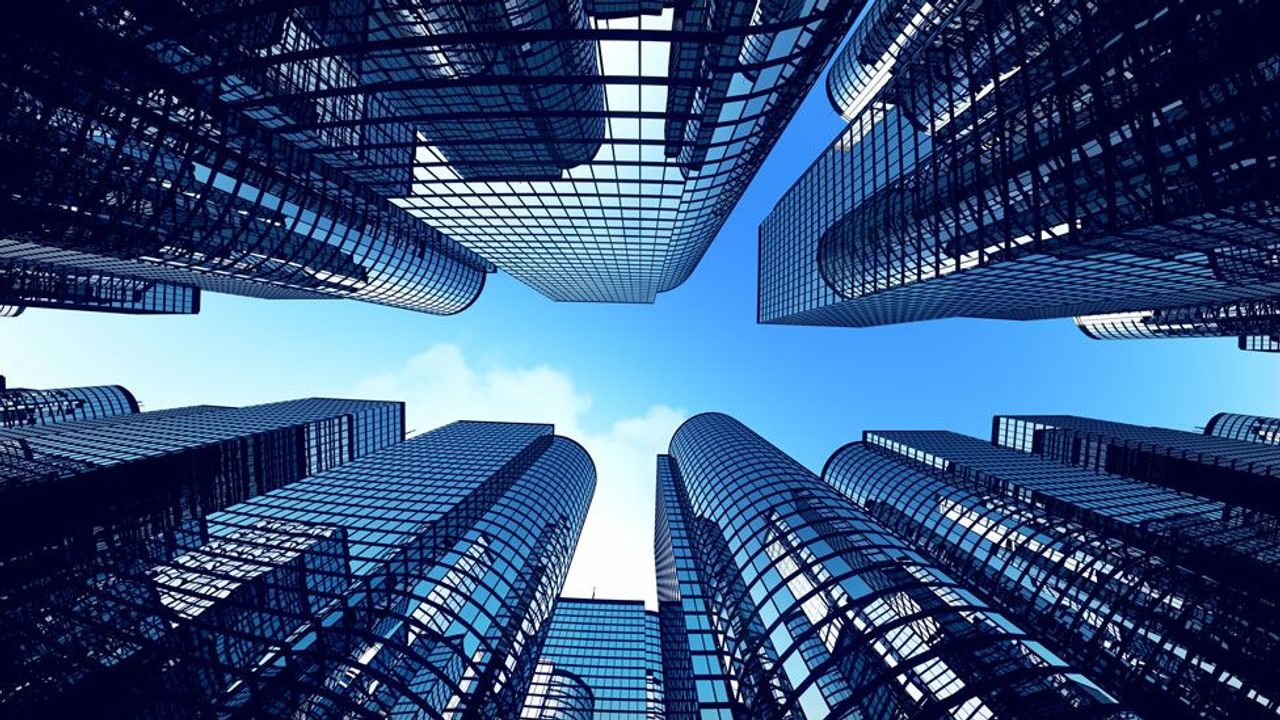
1. Urban Density and Land Use
Skyscrapers maximize land use in densely populated cities, accommodating thousands of residents or workers within a limited footprint.
2. Economic Power and Prestige
Tall buildings often symbolize prosperity and modernity. Major cities use them to project global relevance and attract businesses, investors, and tourists.
3. Cultural Identity
Iconic skyscrapers, like the Petronas Towers (Malaysia) or Taipei 101 (Taiwan), become national landmarks, embedding themselves in cultural and architectural heritage.
Environmental Challenges and Sustainability
Despite their benefits, skyscrapers also raise environmental concerns:
-
Energy consumption: Tall buildings require significant heating, cooling, and lighting resources.
-
Carbon footprint: High-rise construction can contribute to emissions if not properly managed.
-
Wind tunnels and shadowing: Urban microclimates can be disrupted by poorly designed towers.
To address these issues, green skyscrapers incorporate:
-
LEED certification standards
-
Natural ventilation and green walls
-
Rainwater harvesting and graywater recycling
-
Solar shading systems and energy-efficient glass
The Future of Skyscrapers
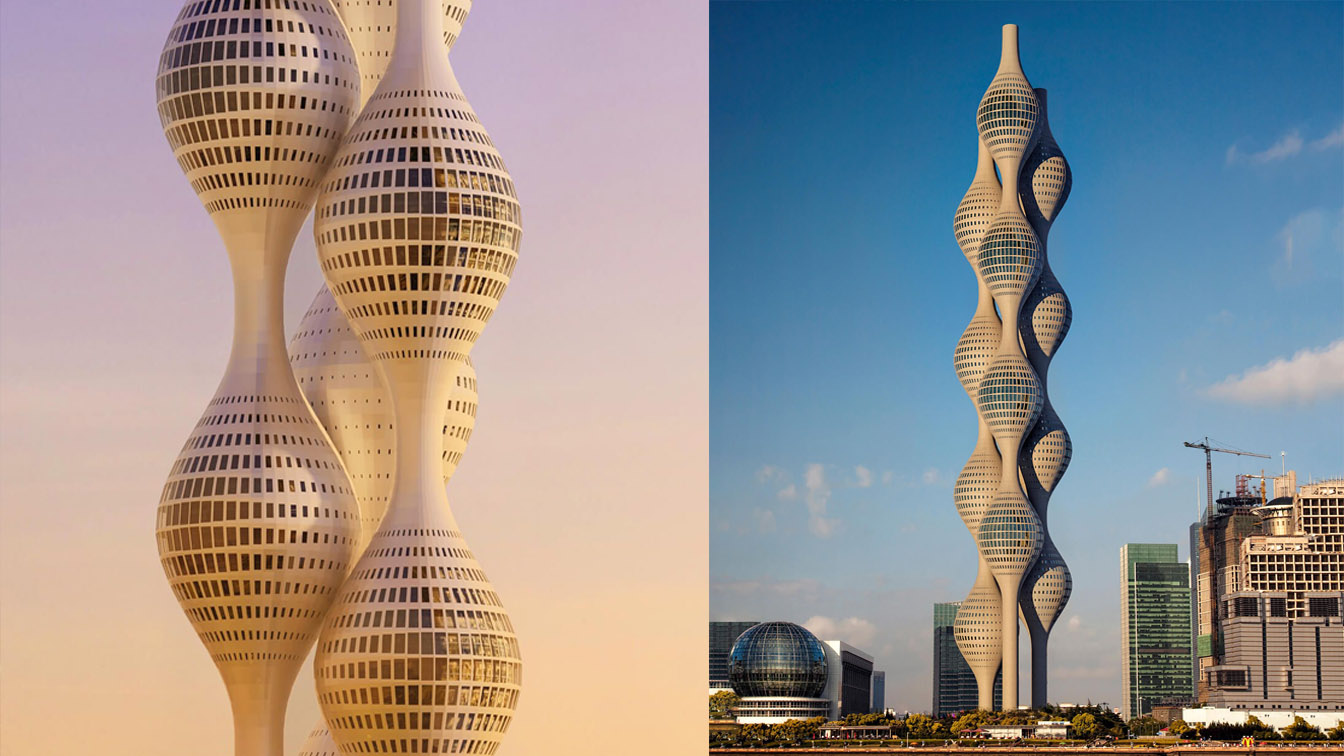
The next generation of skyscrapers will be smarter, greener, and taller than ever before. Emerging trends include:
-
Vertical cities: Mixed-use superstructures that function as self-contained urban ecosystems.
-
3D printing and modular construction: Reducing construction time and cost while improving efficiency.
-
Sustainable urbanism: Integrating renewable energy, public transport, and green spaces into vertical developments.
-
Floating or mobile skyscrapers: Futuristic concepts exploring buildings that adapt to changing environments or climates.
Record-Breaking Skyscrapers
Here are a few of the world’s tallest and most innovative skyscrapers:
| Building | Location | Height | Notable Feature |
|---|---|---|---|
| Burj Khalifa | Dubai, UAE | 828 m (2,717 ft) | World’s tallest structure |
| Shanghai Tower | Shanghai, China | 632 m (2,073 ft) | World’s tallest twisted building |
| Abraj Al-Bait Clock Tower | Mecca, Saudi Arabia | 601 m (1,972 ft) | Largest clock face in the world |
| Lotte World Tower | Seoul, South Korea | 555 m (1,819 ft) | Skywalk and observation deck |
| One World Trade Center | New York, USA | 541 m (1,776 ft) | Symbolic height reflecting U.S. history |
Conclusion
Skyscrapers are marvels of human ingenuity, embodying the ambition to reach ever higher—both literally and symbolically. As we continue to push the boundaries of architecture and engineering, skyscrapers not only reshape skylines but also redefine how we live, work, and interact with our built environments. With sustainability and innovation at the forefront, the future of skyscrapers looks as bold and breathtaking as the cities they rise from.
